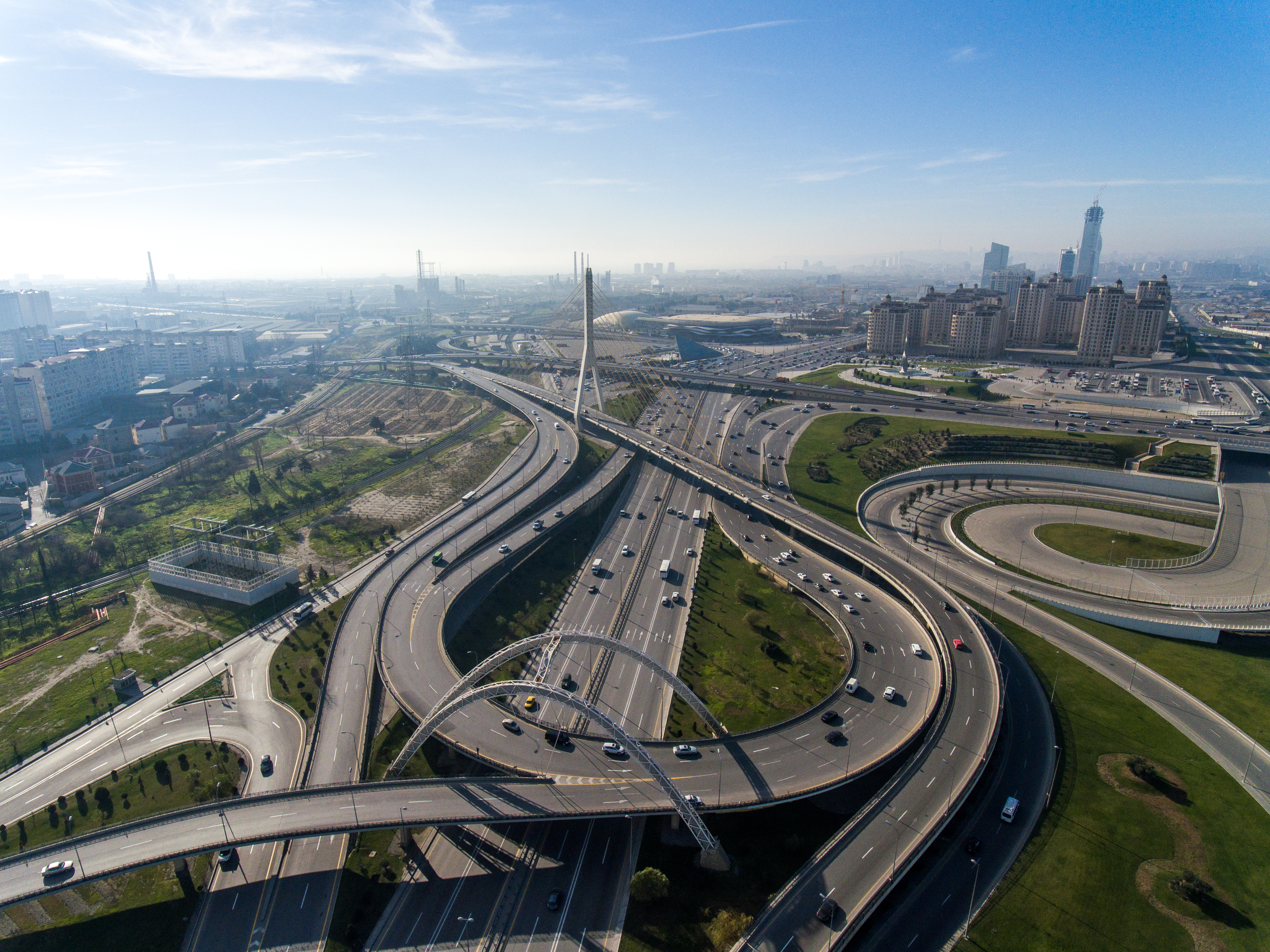From Paris to Baku: Disaster Resilient Infrastructure in UNFCCC Climate Adaptation
Infrastructure is the backbone of economies and societies and underpins essential services. However, it’s also extremely climate sensitive and prone to damage from disasters which averages over US$700 billion per year[1]. Building climate and disaster resilient infrastructure is crucial for ensuring effectiveness of adaptation programmes against increasing climate hazards.
Investing in resilient infrastructure, yields a return of about US$4 in benefits for every US$1 spent[2]. This provides a compelling case for a ‘resilience dividend’ which helps put disaster resilient infrastructure (DRI) at the heart of climate adaptation efforts. Risk models like the GIRI[3] offer a first-level global assessment of infrastructure risk, providing a clear rationale for investing in resilience.
Given that infrastructure development itself generates 79% of all greenhouse gas emissions while accounting for 88% of all adaptation costs[4], building resilient infrastructure is critical to achieving broader adaptation goals. Therefore, aligning global agendas will be key - linking the Paris Agreement, Sendai Framework for Disaster Risk Reduction (which calls for safeguarding critical infrastructure), and the SDGs. The UAE FGCR too urges building on the SDGs and Sendai indicators to track adaptation progress.

The path of collaboration:
The Paris Agreement at COP21 (2015) was a landmark achievement in global climate policy that established adaptation as a parallel goal with mitigation. Article 7 established the Global Goal on Adaptation (GGA), and countries agreed it must include “cities, settlements and key infrastructure”[5], laying a foundation to integrate infrastructure resilience into national adaptation planning. Many National Adaptation Plans (NAPs) now prioritize resilient infrastructure. The 2025 US National Adaptation and Resilience Planning Strategy, Kenya's 2015-2030 NAP, New Zealand's NAP, and Fiji's NAP outline targeted actions for strengthening infrastructure resilience, from adopting resilience standards and using economic incentives to integrating nature-based solutions (NbS). India's upcoming NAP further emphasizes infrastructure resilience through six pathways, including enhancing governance, innovative financing, and community engagement.
COP26 (Glasgow, 2021), established the Glasgow-Sharm el-Sheikh work programme on GGA and emphasized that adaptation action should follow a country-driven, gender-responsive, participatory approach considering vulnerable groups and ecosystems. This underscored the importance of resilient infrastructure meeting the needs of all segments of society.
COP27 (Sharm El-Sheikh, 2022) established a new Loss and Damage fund to help vulnerable countries rebuild after climate disasters. The Sharm El Sheikh declaration reiterated the UN Secretary General’s call for universal coverage of Early Warning Systems (EWS), crucial for protecting infrastructure from extreme weather. The Sharm El Sheikh Adaptation Agenda identified infrastructure as a key impact area and called for developing and maintaining climate-resilient infrastructure, including transportation, energy and water systems.
COP28 (Dubai, 2023) witnessed the adoption of the UAE Framework for Global Climate Resilience (UAE FGCR)[6] which explicitly prioritizes cities and infrastructure for increased climate resilience. The framework calls for "increasing the resilience of infrastructure and human settlements to climate change impacts to ensure basic and continuous essential services for all."
COP29 (Baku, 2024) launched the Baku Adaptation Roadmap to accelerate implementation, with special attention to Least Developed Countries and Small Island Developing States. It also elevated the role of indigenous knowledge in designing locally resilient infrastructure, signalling a more inclusive approach to resilience. The establishment of the Baku high-level dialogue signals continued commitment to keeping adaptation (including that of the infrastructure) high on future COP agendas.
This is an opportune moment to scale up investment in resilient infrastructure. Developed nations must fulfil and expand their climate finance commitments, so that vulnerable communities can upgrade existing infrastructure and build new systems fit for a changing climate. Initiatives like the Coalition for Disaster Resilient Infrastructure (CDRI) can help channel expertise and resources to where they are most needed. Ongoing international processes will also play a role in monitoring and encouraging progress. For example, the Global Stocktake and the Baku Adaptation Roadmap provide avenues to assess how well countries are enhancing infrastructure resilience and share lessons learned.
Climate change and disasters pose interconnected global challenges. Integrating DRI into the climate agenda has moved from a niche idea to an imperative for all nations. The advances from Paris to Baku demonstrate growing momentum, but the true test lies in implementation on ground. By turning plans into action – constructing new and retrofitting existing infrastructure to withstand floods, heatwaves, and storms – the world can reduce future losses and ensure essential services endure. With sustained commitment, knowledge sharing, and investments, climate and disaster resilient infrastructure can secure a safer and more prosperous future for all.
By: Arighna Mitra, Specialist – Advocacy, CDRI
The views and opinions expressed in this blog are those of the authors and do not necessarily reflect those of the Coalition for Disaster Resilient Infrastructure (CDRI).
[1] CDRI (2023). Global Infrastructure Resilience: Capturing the Resilience Dividend - A Biennial Report from the Coalition for Disaster Resilient Infrastructure. New Delhi. https://doi.org/10.59375/biennialreport.ed1
[2] Hallegatte, Stephane; Rentschler, Jun; Rozenberg, Julie. (2019). Lifelines: The Resilient Infrastructure Opportunity. World Bank. http://hdl.handle.net/10986/31805
[3] CDRI (2023). Global Infrastructure Resilient Index. https://giri.unepgrid.ch/
[4] Thacker S, Adshead D, Fantini C, Palmer R, Ghosal R, Adeoti T, Morgan G, Stratton-Short S. (2021). Infrastructure for climate action. UNOPS, Copenhagen, Denmark.
[5] UNFCCC. (2015). -/CMA.4. Glasgow–Sharm el-Sheikh work programme on the global goal on adaptation referred to in decision 7/CMA.3. https://unfccc.int/sites/default/files/resource/GGA_AUV.pdf
[6] UN Foundation. (n.d.). The UAE Framework for Global Climate Resilience uniquely positions climate adaptation. https://unfoundation.org/what-we-do/issues/climate-and-energy/uae-framework-for-global-climate-resilience/




